Our ideas and values change when we become parents. In the light of raising a happy, safe child, the items we use, and the food we consume every day all seem to need re-evaluation. It’s no doubt that parenthood makes us look at the world differently.
Choices that parents would have made before they had children are not choices parents are making now.
Parents want to give their kids the absolute best out of life. They want to offer the highest quality, the most beautiful experiences, and the healthiest start to life.
And the magic of it, what’s healthiest for our babies is what’s most beneficial for our planet too. We can care for our future generations and the earth they will inhabit in the same steps just by going organic.

Q: Is Organic Clothing Really Necessary For My Baby?
A: Organic is a very big buzz word used across almost all industries when it comes to providing products that are supposed to be sustainable and healthy for our families and our environment. But what does organic really mean, and how do inorganic products affect our little one’s health and safety?
When our children are little, that is when they are the most susceptible to developing sensitive skin and allergies when overly exposed to chemicals and pesticides.
Today we are here to answer these questions and to set the record straight on organic kids' clothing.
Q: Can Switching Your Child Over To Exclusively Organic Baby Clothes Eliminate Allergies?
A: Yes. This article will detail the whys and the hows of how sustainable and organic kids’ clothing choices positively affect your children’s health for the better.
Q: What Does Organic Clothing Mean?
A: High-quality organic clothing is made of natural fabrics that are grown and manufactured without the use of toxic, irritating chemicals. Using these organic fabrics has real benefits for your children.
The organic clothing trend has really begun to take off, and there are many organic clothing brands, but a lot of parents are still not aware of the truths about the fashion industry, including issues with the supply chain and environmental factors. This can leave parents with a lot of questions about which decisions matter most when it comes to caring for our children and buying sustainable and organic products and clothing.
Let’s get started with the most important questions that parents are asking and see if we can shed some light on the fashion industry and how it affects our children’s lives even before they have formulated a style of their own.
Q: Is My Baby’s Skin More Sensitive Than Mine?
A: Yes. The skin of babies is very different from that of adults. The outer layer of a baby’s skin is 20% thinner than adult skin. Infants also have a greater area of the skin compared to their weight, which means that every surface of their skin is more delicate and much more susceptible than an adult’s.
The largest human organ is our skin, which makes up more than 10 percent of our body mass — as such, your baby’s clothes are in direct contact with their incredibly permeable skin.
Our skin protects us, but it’s still vulnerable to irritants and abrasions. It is very porous, and through dermal absorption, substances that come into contact with our skin will enter the bloodstream. The dermal absorption rate relies on the thickness of the skin’s outermost layer and the exposed surface area of the skin. This makes baby’s incredibly susceptible to the chemicals in their clothing and bedding. So if that adorable short sleeve bodysuit or that sweet t-shirt is made from the wrong fabric, it could end up affecting your baby in a negative way.
Q: Is Organic Cotton The Best Option For Protecting My Baby’s Skin?
A: While organic cotton is a healthier choice over conventional cotton, organic cotton baby clothes are not the ultimate in healthy options for fibers for your baby’s skin. Though free from pesticides when grown, organically grown cotton can still be bleached or treated with formaldehyde to take on a stark white appearance.
Conventional cotton is heavily treated during cultivation with synthetic pesticides, and especially with insecticides to keep bugs away from the fiber.
Direct exposure to some of these pesticides is associated with cancer, adverse reproductive and developmental disorders, as well as other endocrine disorders and can affect the nervous or immune systems. Specifically, in a study by Environmental Health Perspectives (EFP) has shown that long term exposure to perfluorooctanoic acid (PFOA), a chemical found in most waterproofed clothing, correlates with kidney and testicular cancer.
That’s Not Even The Worst Of It
Other chemicals are added during the later stages of cotton production, like the dying, bleaching, and finishing processes. These are the same processes that can be done to organic cotton fibers if you aren’t careful about where you purchase your baby organic clothing.
When you purchase inorganic clothing or even organic clothing that has been bleach and treated, a chemical residue lingers on garments. That's why organic products with low impact dyes are the best ones to use. You can tell whether or not your products meet these requirements if they are GOTS certified.
A recent study included samples from many well-known apparel labels. This study found that chemicals such as phthalates and nonylphenol ethoxylates, also known as NPEs, both known endocrine disruptors, were identified in store-bought children’s clothing.
Q: Can I Wash Away The Pesticides And Chemicals From My Baby’s Clothing?
A: The short answer is no. The long answer is, there is still no specific amount of how much washing is needed to remove all chemicals from our kids' clothes entirely. Overwashing to remove chemicals is an incredibly unsustainable practice in and of itself, especially since some pesticides are grown right into the plant fibers themselves and are unable to be washed out.
Q: What's The Best Way To Ensure That Your Baby’s Clothes Are Made Without Harmful Chemicals?
A: Purchase organic and sustainably made recycled clothing. Organic and sustainably made recycled clothing are the safer choices for your baby’s skin and for the future of the world they will grow up in. You should also avoid clothing made with flame retardants, as that can be harmful as well.
Buying sustainable, fair trade, and organic fiber clothing is the best possible choice for the environment and for the people working to produce that clothing. You want to make sure that the supply chain is fair all the way through and that all workers are making living wages.
Q: How Does The Cotton Industry Affect Our Environment Outside Of Allergens?
A: In conventional cotton cultivation, pesticide use contributes to chemical runoff and water supplies being polluted. Chemical runoff damages habitats and endangers the health of people who work and live nearby.
Organic cotton is not totally in the clear. It still requires large amounts of water in order to be cultivated. Therefore, it is not the most sustainable organic resource

Q: Which Material Is Better For Our Children And The Environment? Organic Material Or Recycled Material?
A: The simplest answer is both, and it depends. Do your research on all the available fibers out there, both sustainably recycled and organically grown. Some fibers outweigh others in their sustainability practices, while some fibers win in their healthiness for our children. As their parent, you will have to decide what is the right answer for the new long-sleeve onesie you want to buy your child.
Quality organic materials like merino wool and organic linen can be great, but so can recycled materials. It all depends on what you think is the best choice for your family.
However, secondhand and hand-me-down clothes are always an environmentally-friendly choice, whether it's footie sleepwear or recycled leggings. It's worth noting that a best practice when it comes to organic products and environmentally friendly clothes that less is more. Consider creating a capsule wardrobe for your child with quality gender-neutral basics like cardigans, hoodies, and joggers that your little one can wear over and over, instead of fixating on the new arrivals rack every time you visit a store.
Happy Baby Equals Happy Planet
In conclusion, what matters most to parents at the end of the day is the well-being, happiness, comfort, and protection of our children. Sustainable and organic brands should wholeheartedly believe that we are inherently giving the best to our planet by providing the best to our children.

Sources
https://www.businessinsider.com/toxic-chemicals-in-clothes-cancer-2019-7
http://npic.orst.edu/health/child.html
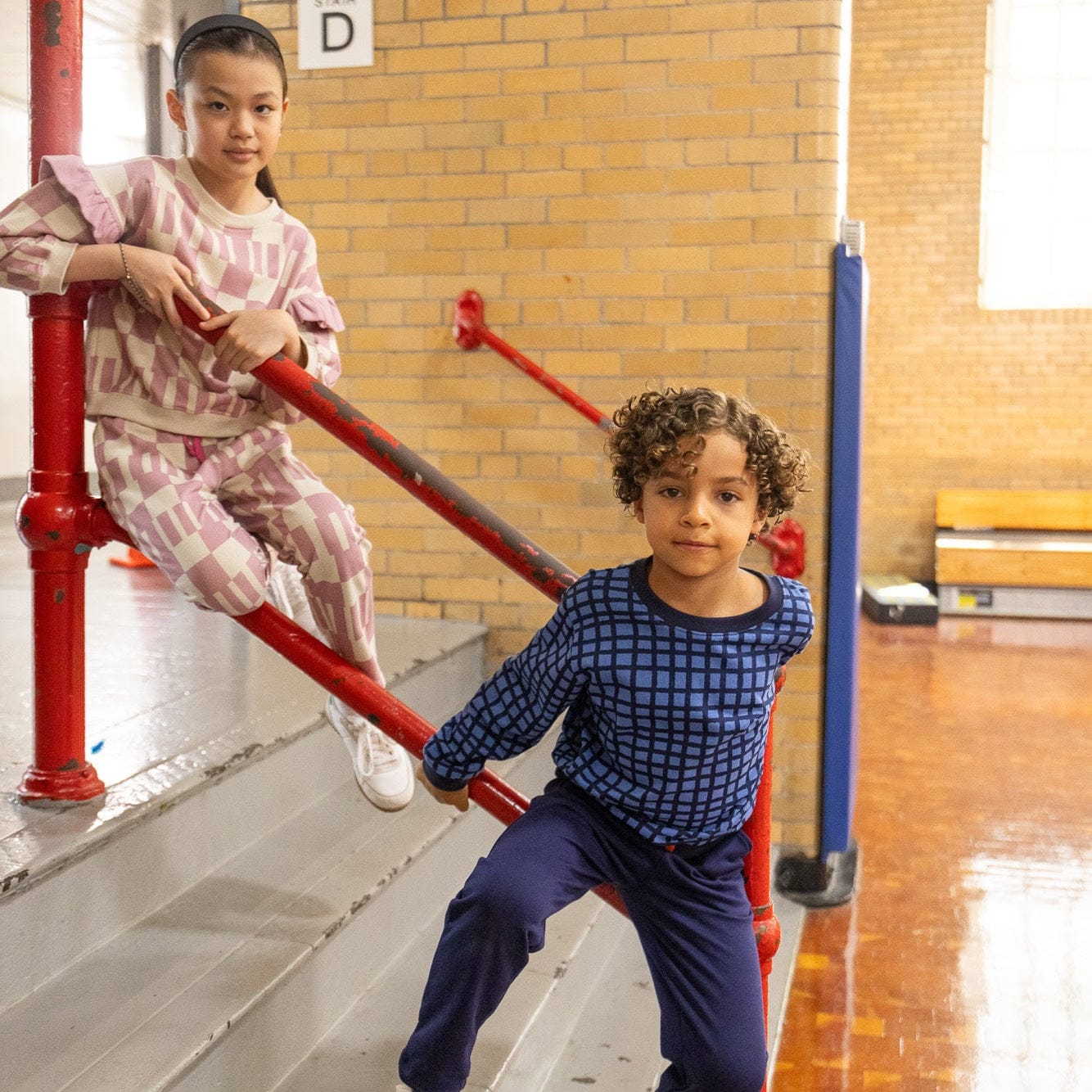
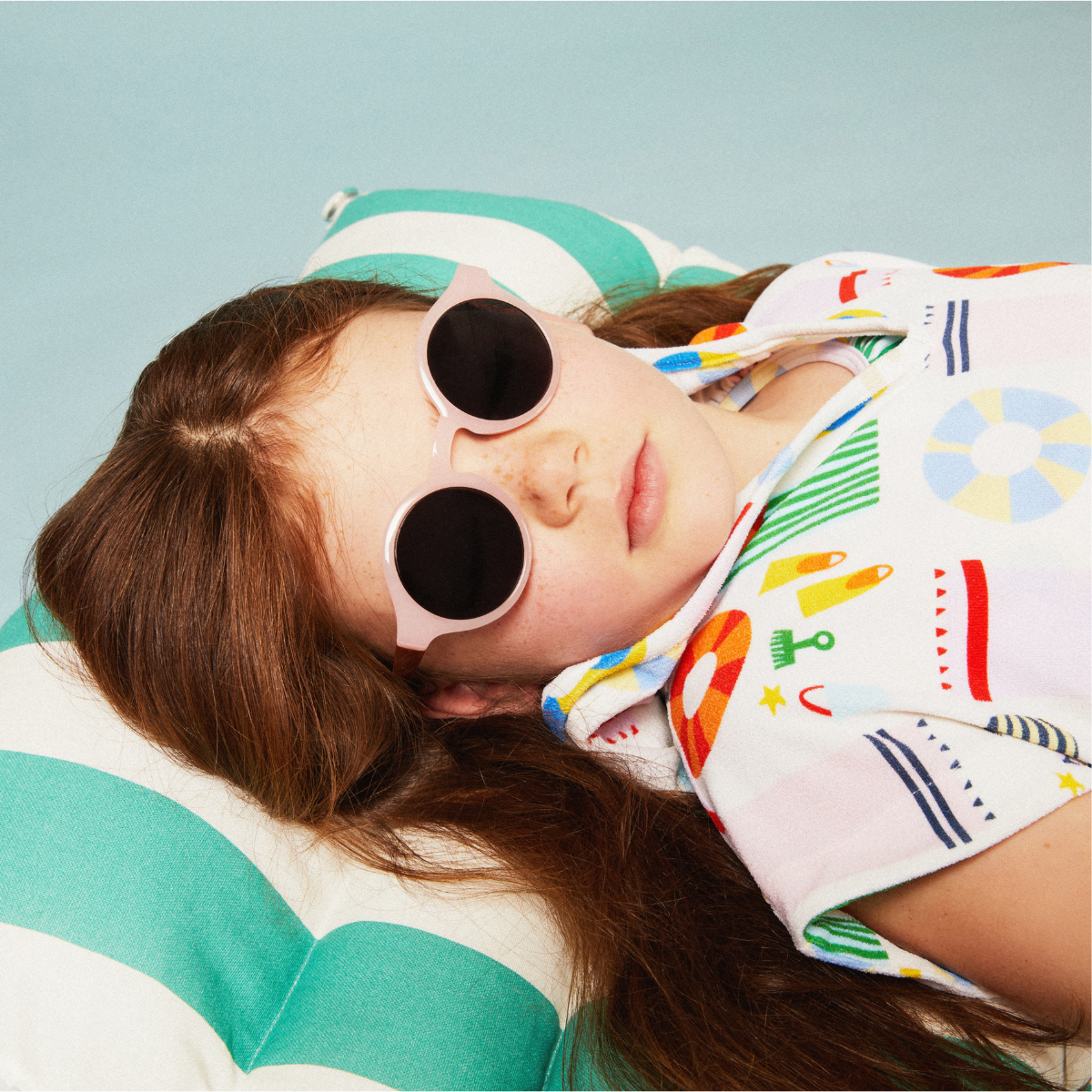
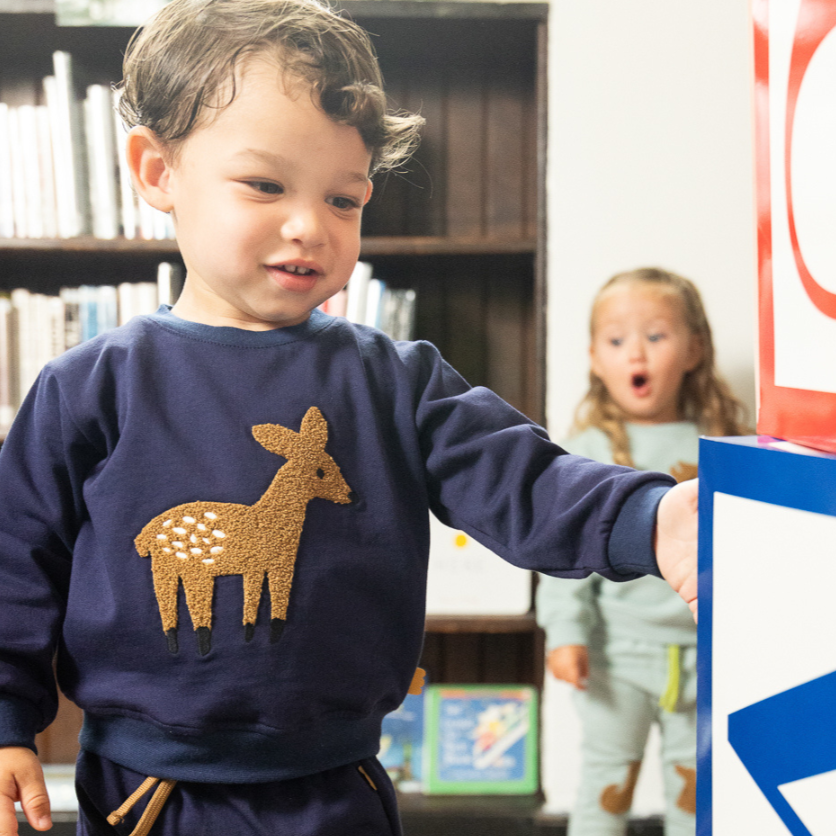

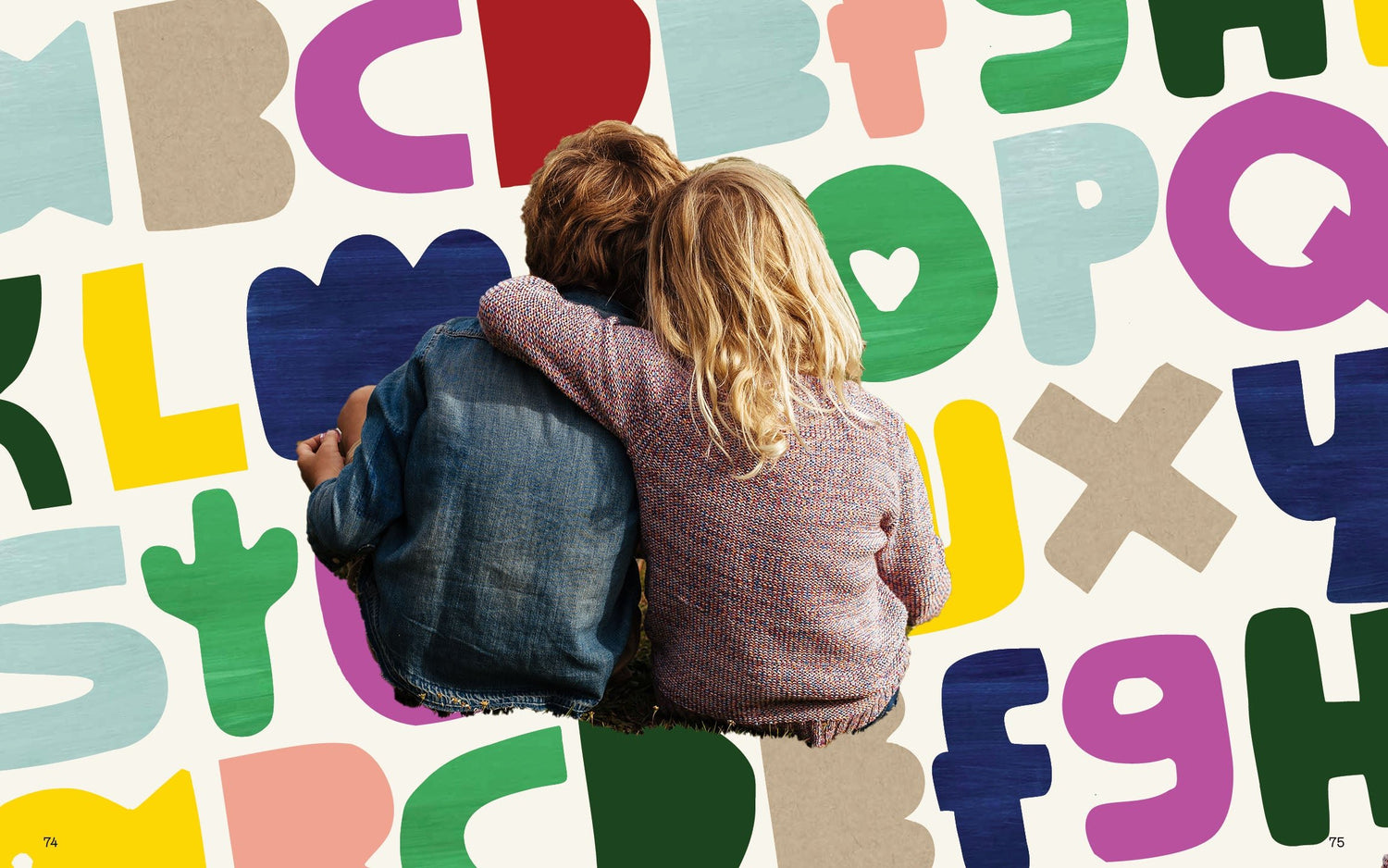
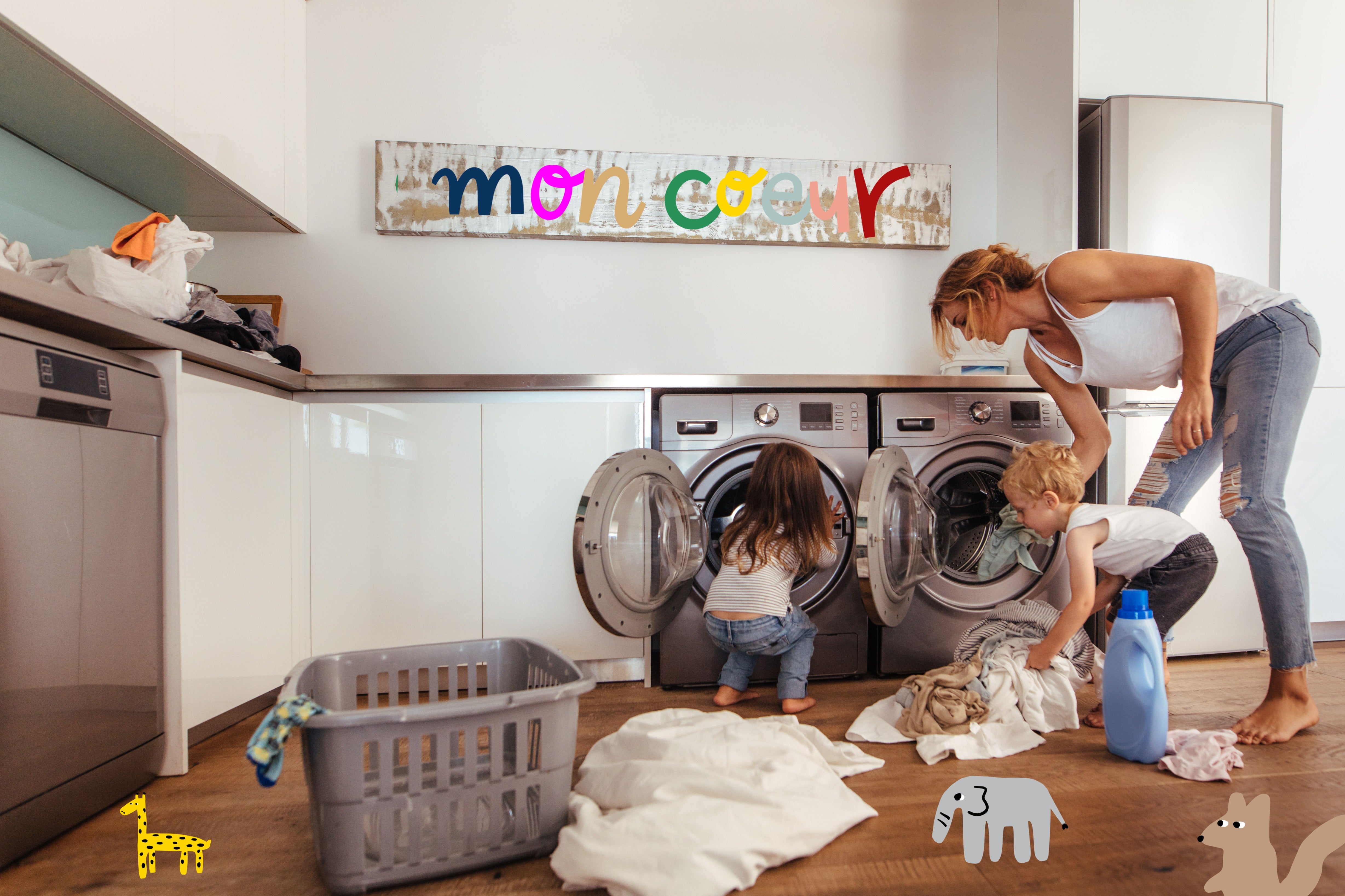
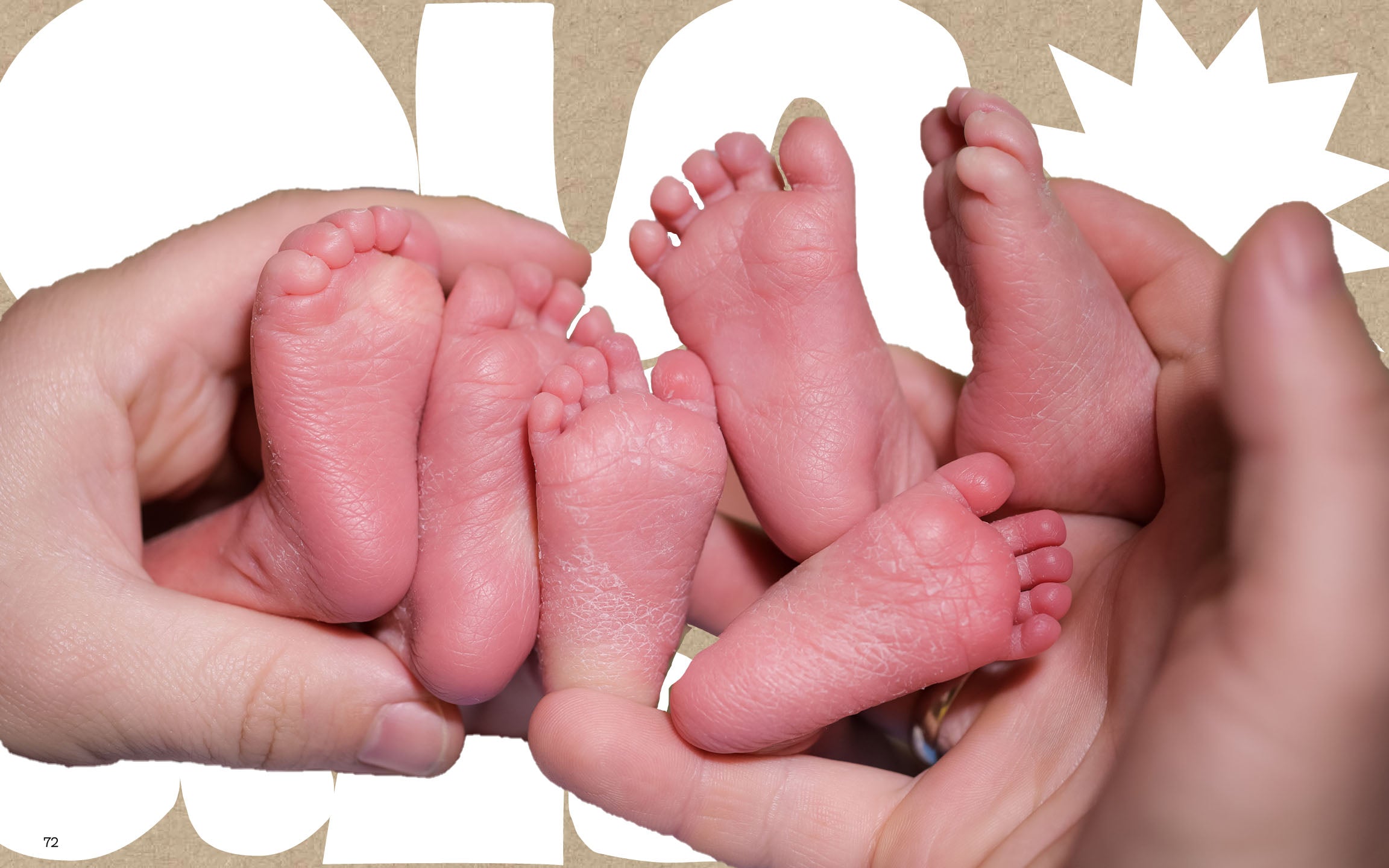
Leave a comment
This site is protected by hCaptcha and the hCaptcha Privacy Policy and Terms of Service apply.